Affiliate links on Android Authority may earn us a commission. Learn more.
All the exciting things phones could do with a triple camera
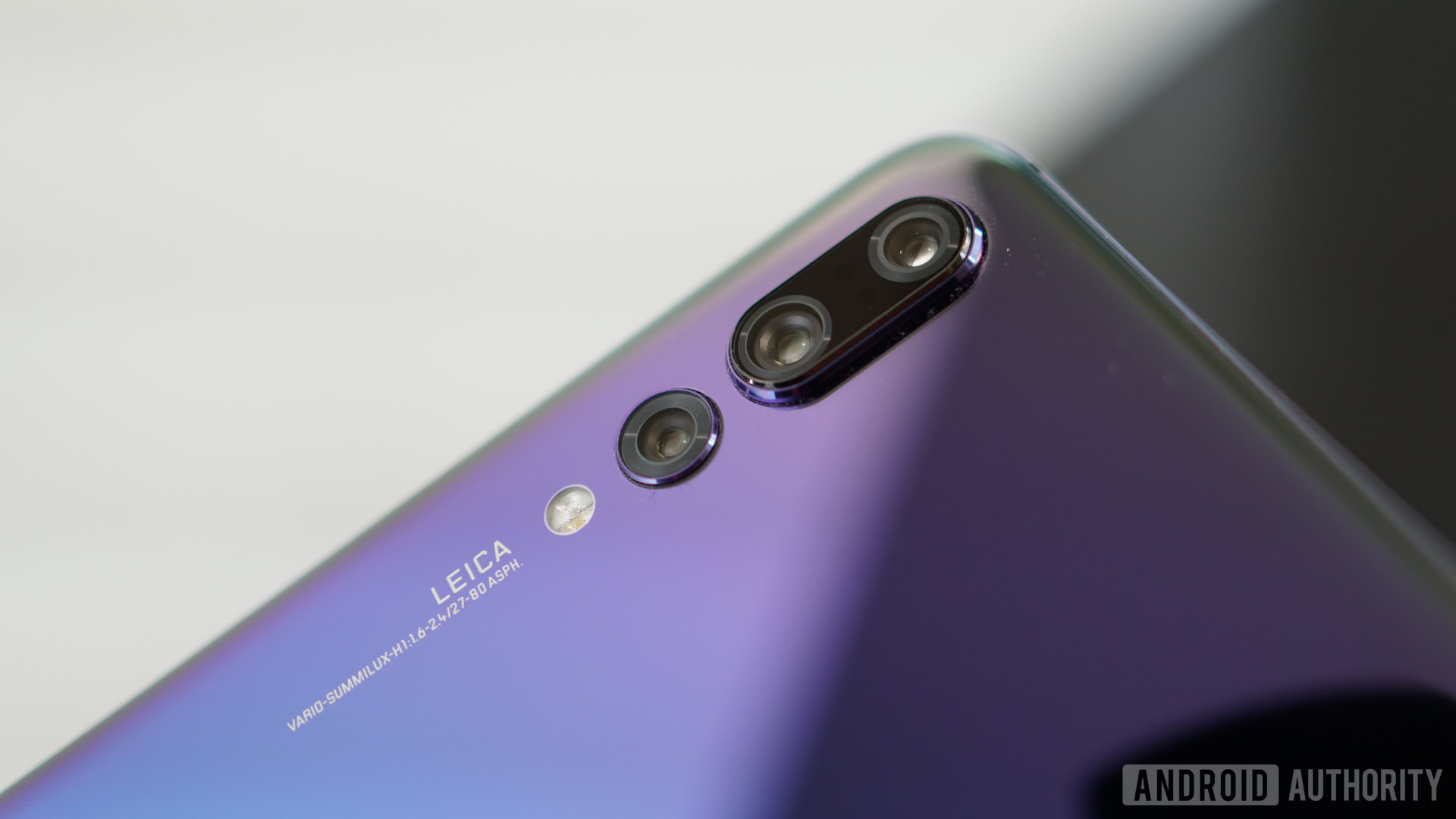
We might see more phones with triple cameras in the future, if the latest Samsung Galaxy S10 rumors are true. The HUAWEI P20 Pro’s triple sensor setup already produces some impressive results, with its high-resolution 40MP sensor, monochrome sensor, and telephoto lens. The upcoming LG V40 is rumored to have a triple camera setup, too. This could well be the future of high-end smartphone photography.
Read Next: What will smartphones of the future look like? Here are 6 (crazy) predictions
Plenty of camera sensor and lens combinations could achieve impressive shooting options. More cameras means greater flexibility and further product differentiation, so let’s dive into what’s possible.
All the possibilities
Higher resolution photography
Why take 12MP shots when you can shoot at 40MP? That’s the attitude of the P20 Pro and it’s a solid idea for the main sensor with which to build other camera capabilities around. Very high-resolution cameras are overkill for Facebook photos or even printing out snaps, but they’re very handy for zooming and cropping. Why bother with the expense of a second 2x telephoto lens when you can just crop a higher resolution picture?
High-resolution cameras rarely pop up in smartphones partly because of size limitations require smaller pixels, potentially more noise, which reduces the effective resolution, and worse low-light performance. However, pairing this up with an additional low-light improving monochrome sensor, ideals like pixel binning, and clever software image combining techniques makes higher resolutions a viable technology in modern multi-camera designs.
Dual or multi-aperture
Pixel binning might be a handy way to improve low-light performance in high-resolution sensors, but cameras could also benefit from a switchable aperture like Samsung’s latest flagships have.
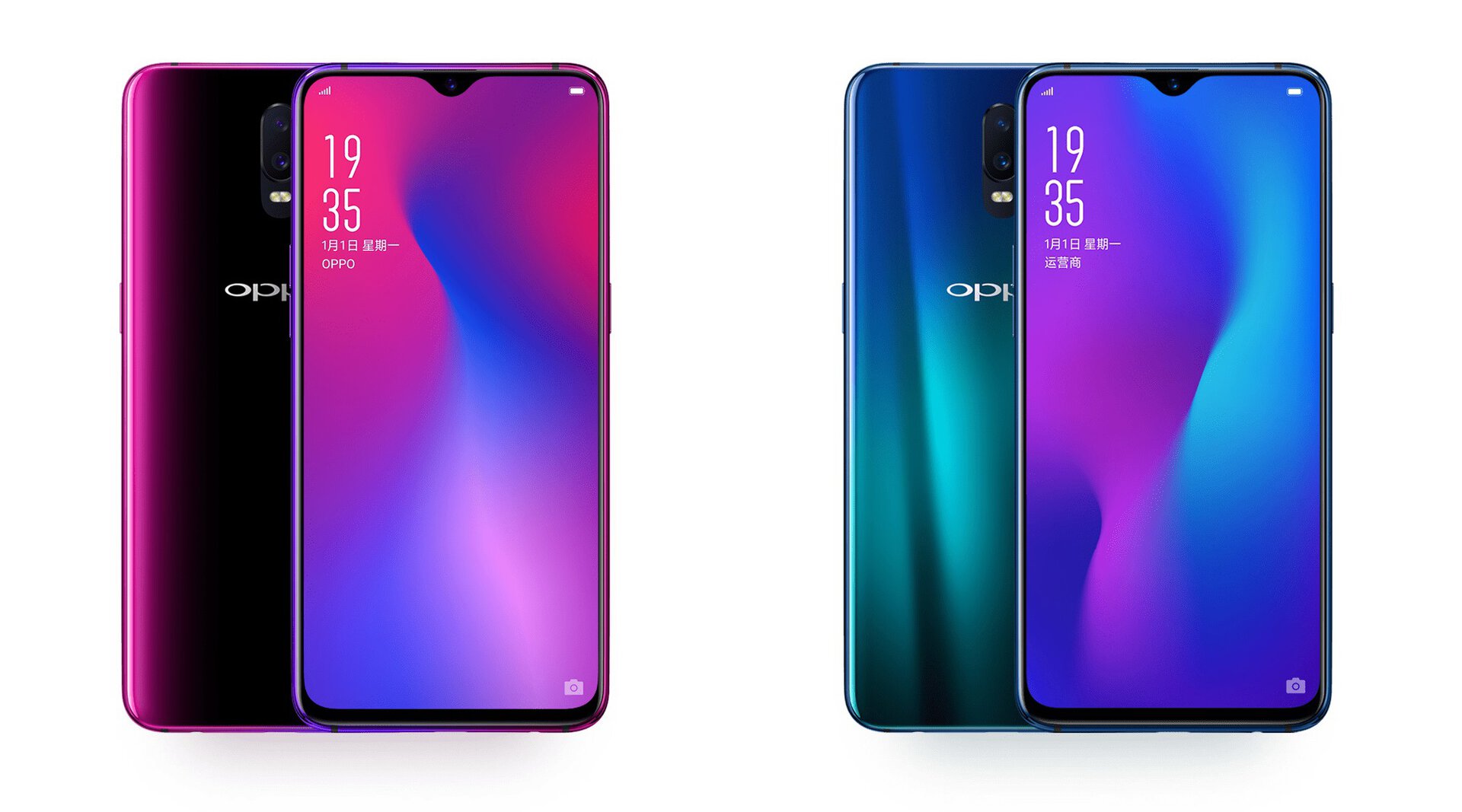
Aperture is one of the key factors determining how much light reaches the sensor, and more light means less noise and brighter pictures in the dark. There are some tradeoffs with the focal length and lens quality when switching aperture, but it’s a decent solution for limited smartphone form factors. A user-switchable aperture could also give photographers more control over artistic looking background blur.
This doesn’t even need to just be for one sensor. Using the technology across two or even three lenses could boost low-light performance for telephoto or wide-angle lenses too.
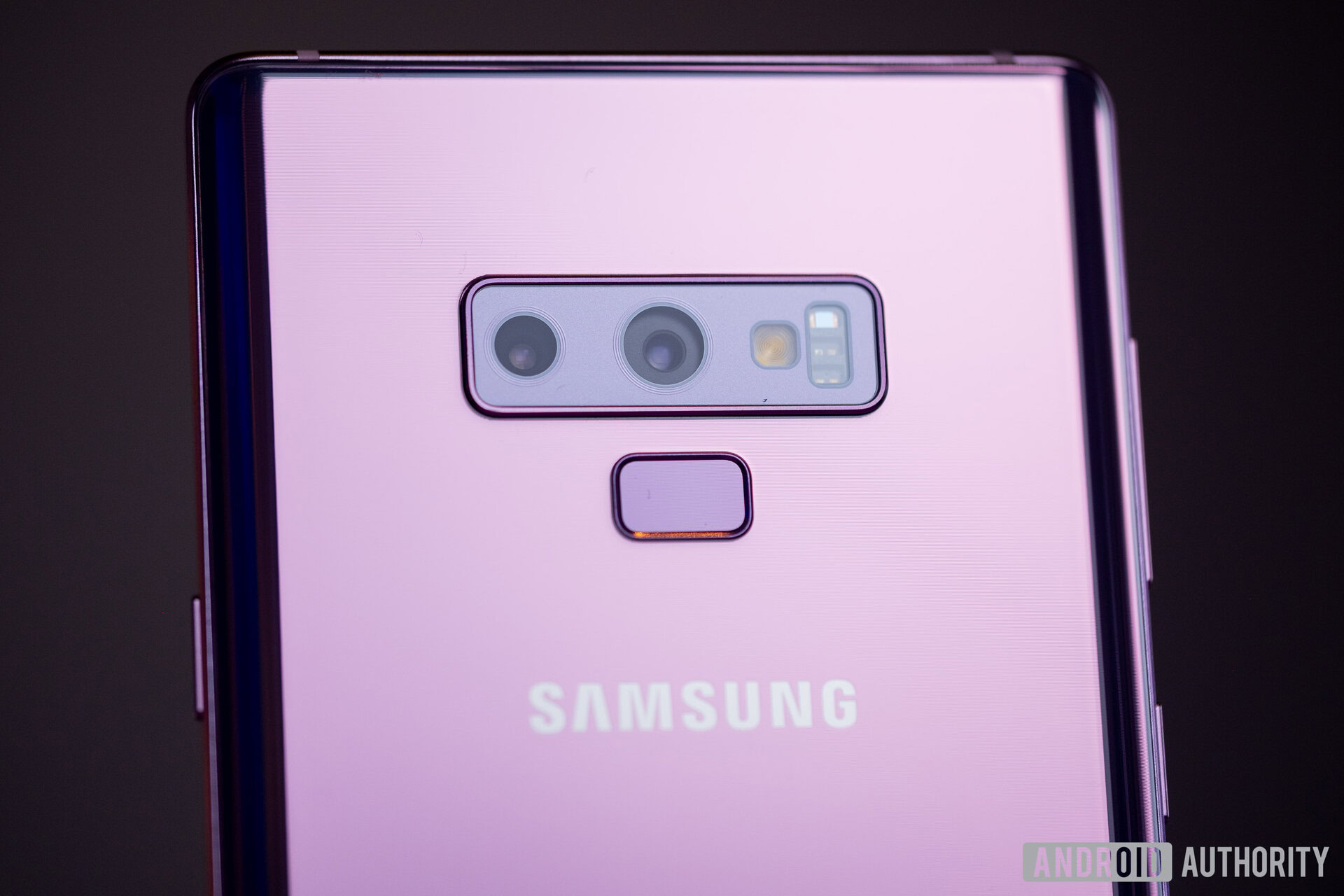
Zoom even further
2x telephoto is a staple found in many flagship smartphones now, but the P20 Pro is the only one to offer 3x so far. Why not 4x, or 5x telephoto too? Including multiple optical zoom lenses would offer a greater range of shooting options. However, this would likely be frustrating from a user perspective as the camera app clumsily switches between zoom options.
Enhanced zoom capabilities perhaps best come from a combination of hardware and software. We know multiple and even single cameras can create super-resolution images that look a lot better than a standard digital zoom. HUAWEI’s Hybrid Zoom extends up to 5x and OPPO’s old Super Zoom created highly detailed and cropable 50MP shots. We could certainly see other manufacturers implement similar technologies and perhaps even extend the zoom capabilities further.
Wide-angled shots
LG popularized the wide-angle camera with its early dual camera set up inside its G and V series, and Samsung looks set to borrow the idea for its upcoming Galaxy S10 flagship. The idea has also begun to take off as an option for front-facing cameras, opening up the selfie to a wider range of shots.
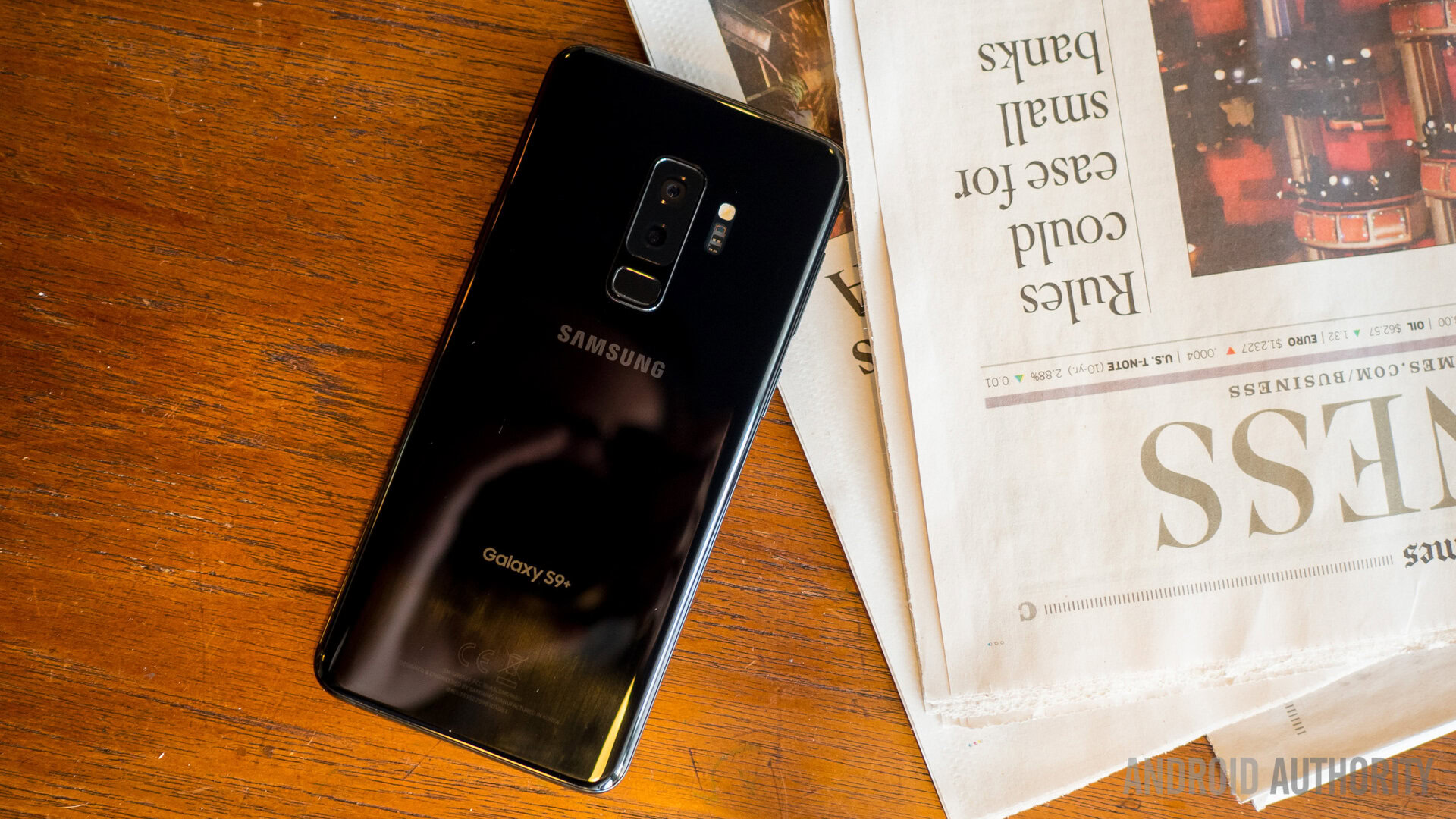
Wide-angle lenses have long been one of our favorite shooting options. They offer greater flexibility to capture more in a frame. You obviously don’t want every shot to be wide angle, so it’s the perfect companion as a second or perhaps third sensor. It’s often a tough call between optical zoom and a wide-angle lens, so why not have both?
Wide angle vs telephoto capabilities is a close call. Why not have both?
Depth detection
Soft bokeh blur is a top pursuit of many photographers. Smartphones are becoming increasingly proficient at imitating the effect with software. While it’s possible to do this with two general purpose cameras, a dedicated “depth sensor” can produce superior results on the cheap.
The HTCOne M8 shipped with a dedicated 4MP depth sensor back in 2014. The idea still lives on in phones like the new Xiaomi POCOphone F1, which boasts a 5MP secondary camera dedicated to depth sensing. The extra sensor doesn’t need to be a high resolution or even especially high quality, it just needs to be good enough for software algorithms to perform their edge detection function.
If you’re a big fan of bokeh effects, a dedicated depth sensor should probably be on your wishlist. If you wanted something even more advanced, dedicated sensors of different types can also be used to 3D map your environment, similar to what Google tried to do with its now defunct Tango technology.
HDR and better low light
Less exciting, but still useful, is the use of an extra camera to improve low-light performance. A number of smartphones already do this, with high-resolution monochrome sensors for better low-light sensitivity and picking out high dynamic range detail. If you want HDR pictures without the risk of blur when combining multiple exposures, a dedicated monochrome sensor is the best bet.
It’s also possible to produce similar results using a camera sensor with larger pixel cells which capture more light. HTC’s old UltraPixel idea still has its merits — perhaps revitalizing it as a dedicated night-time photography camera with very large pixels, in conjunction with a regular main camera, would be a good idea.
Failing that, we’ve already mentioned pixel binning as a way to switch down to a lower resolution but better light capture mode in low-light. It’s not only HUAWEI utilizing this technology inside the P20 Pro, Xiaomi making use of this feature in its new Mi A2 with a Super Pixel sensor that combines four pixels into larger 2um sizes for a 5MP low-light shots. Similarly, the LG V30 ThinQ churns out 4MP Bright Mode snaps from its 16MP camera.
Pixel binning technology could well be the future of low-light smartphone photography. Personally, I’d quite like to see it used on telephoto lenses to make them more suitable for low-light shots.
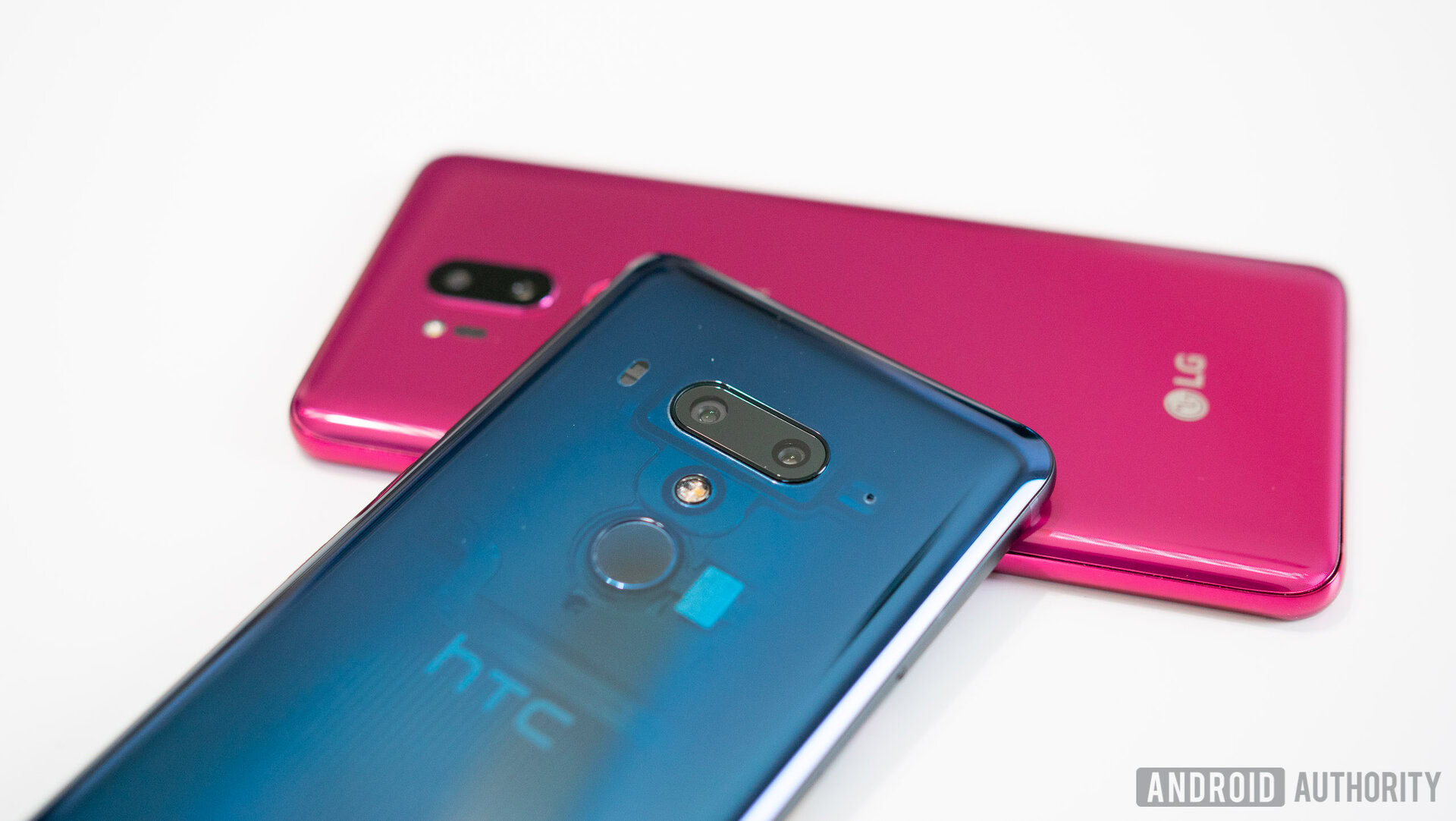
What would you do with a triple camera?
Optical zoom and wide angle shots are the most obvious benefits to multiple camera designs. The most popular starting place for any triple camera setup is perhaps to provide all of these shooting options of the box. However, extra cameras are also powerful tools for improving low-light photography, dynamic range, blur effects, and enhanced digital zooms. Unfortunately, it’s probably not really possible to include every one of these benefits even with three cameras.
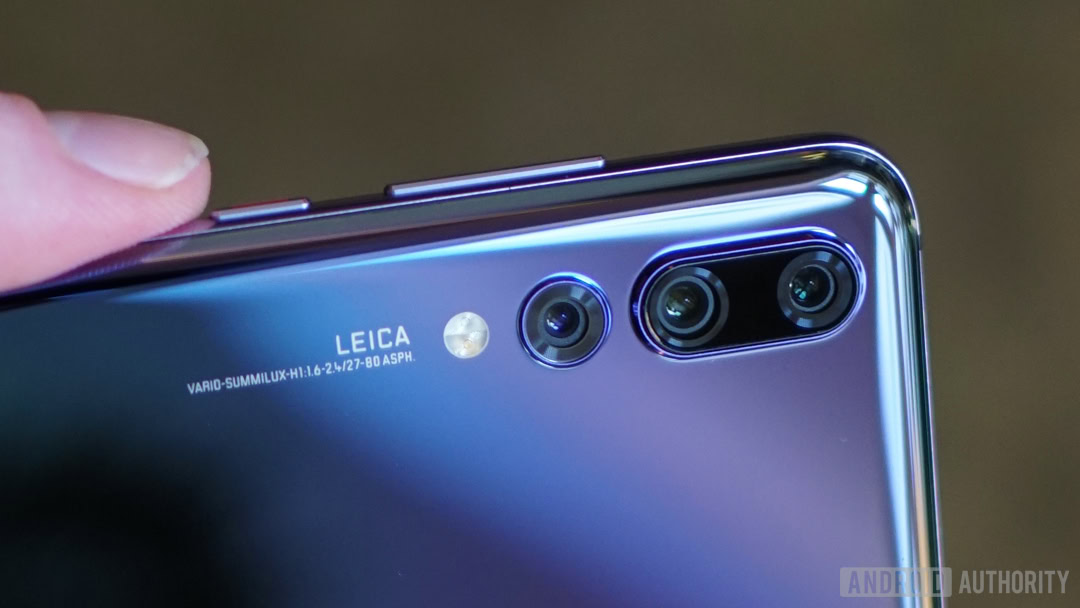
Personally, I think the HUAWEI P20 Pro’s triple camera comes pretty close to my ideal combination of high resolution, low-light, and zoom capabilities. Although I would perhaps swap out the monochrome sensor for something a little more exciting, like a wide-angle lens.
If you could pick any three types of smartphone sensor to make up your ideal camera package, which would you pick?